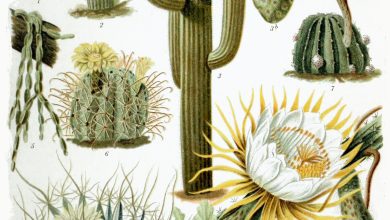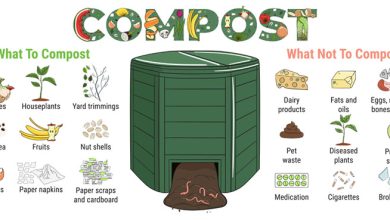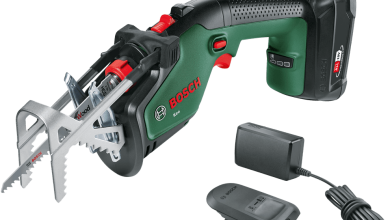The 8 Best Agricultural Robots for Small and Large Orchards
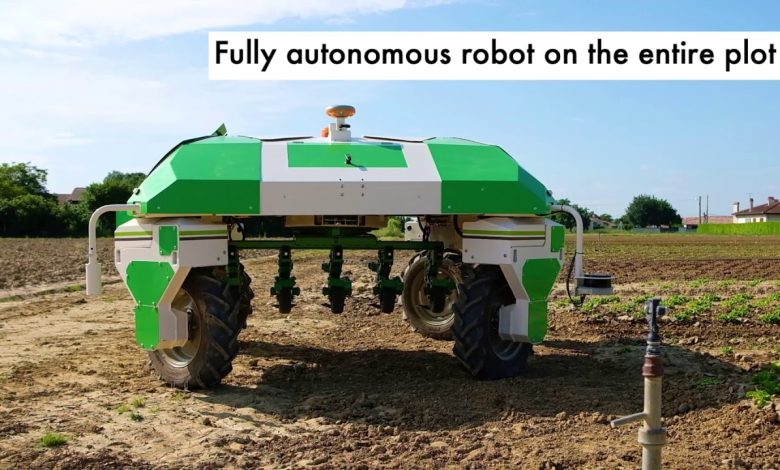
Robots can also be very useful in the garden, whether it is small, medium or large. Some time ago we published an article on » How to have your robotic garden: an orchard that cultivates itself » and we have received many inquiries and requests for us to publish more about agricultural robots for orchards.

Therefore, in this article, we will see the best robots for your garden, whether it is a small private garden or a large one of a professional farmer.
In many countries it is common to find robot vacuum cleaners in homes that help with cleaning, such as the rumba robot or the conga robot.
This new trend may begin to reach the orchards, for which robots can be purchased that are capable of doing different tasks. Most of them are specialized in weed removal.
weeding robots
Weeds are undesirable plants that compete for the use of land, light and water, with the plants we want to grow. To eliminate them we carry out weeding.
What is weeding?
The task of removing weeds is called weeding. It is something that horticulturists have done since the beginning of the history of agriculture. The first farmers did it manually or with very rudimentary tools, then over the centuries different improved tools were invented and later, during the 20th century, chemical products were developed to remove weeds, which received the name of herbicides.
When herbicides are used it is called chemical weeding.
But let’s go back to the robots, we are going to see the most outstanding
1. Tertill
Tertill is one of the most popular weeding robots.
It is completely autonomous and works with an electric motor that uses batteries powered by solar energy. It has been invented by Joe Jones, the same one who invented the Rumba robot.
It carries out the weeding by means of a nylon thread that it has in the front part (as if it were a mini brushcutter). With this element it cuts the small plants, while respecting the larger ones. That is, it classifies between bad or good according to its size. If they are small and you can cut them, they are weeds. If they are big and you can’t cut them down, they are «good plants.»
This implies that it must be working daily, because if the weeds grow and reach a certain size, they can no longer be cut.
Its way of working also implies that good plants have to have a certain development to use it. Because if they haven’t grown enough, the robot cuts them.

Therefore, if we decide to sow, we must wait until the plants have grown above the height of the robot. And if we decide to transplant, you must also make sure that the plant is large enough so that the robot cannot cut it.
Another option, in case we want to use the robot when our crops are still small, is to put protectors around them, so that the robot cannot cut them.
2. SIEGE
It is a robot developed in France that is also designed to carry out weeding automatically.
Its main difference is its size, as it is designed to work on larger surfaces and on a greater variety of crops.
Its main purpose is the autonomous and mechanical elimination of weeds. The first ensures that the farmer does not get tired or have to spend time weeding and the second, by doing mechanical weeding, avoids the use of chemical products that can harm the environment.
3. Oz, Ted and Dino
Oz, Ted and Dino are three agricultural robots created by the French manufacturer Naïo Technologies, to remove weeds.

Oz is designed to carry out weeding in small plots, such as our orchards.
Ted, on the other hand, has been developed to eliminate weeds in trellised vineyards. He is able to carry out a task of interceps completely autonomously.
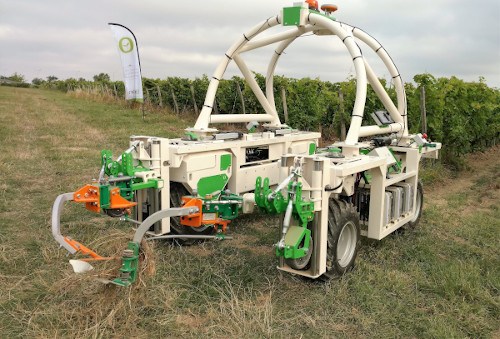
And Dino is designed to work in large areas outdoors, in plots with horticultural crops in rows, on ridges or on plateaus, where many hours are spent removing weeds.
4. Ecorobotix AVO
Ecorobotix is a Swiss company that has developed another model of solar-powered robot for weeding or weeding.
It is capable of detecting weeds and spraying them with micro doses of herbicide to eliminate them.
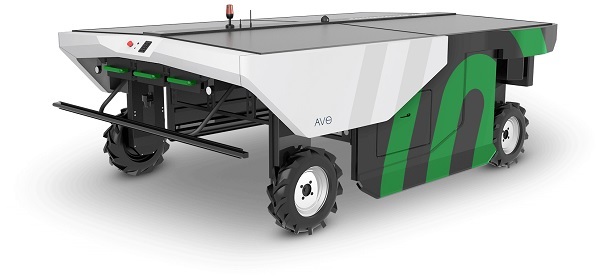
According to its manufacturer, it is capable of working 0.6 hectares per hour and has a range of 12 hours. Doing the calculation, it could work an area of 7.2 hectares per day.
multitasking robots
In addition to removing weeds, there are robots capable of performing other functions.
5.RIPPA robot
Rippa is a robot developed by the University of Sydney in Australia. It is designed for large areas of cultivation.
It is a multitasking robot that is designed both to carry out weeding and to treat pests and diseases.
Weeding is carried out by means of a small hoe or weeder located in the lower part of the machine.
To control pests and diseases, it is capable of applying phytosanitary products (pesticides) through a sprayer and also using tools such as a vacuum cleaner to remove insects that attack plants.
It works with an electric motor powered by solar energy and detects plant enemies (weeds, pests or diseases) thanks to several cameras or sensors that incorporate artificial vision.
6. Robot Hortibot
Hortibot is also a multitasking autonomous robot designed for large areas. It has a rear hitch where different implements can be connected. This allows you to carry out different tasks in the field, such as tillage, planting, spraying or fertilization.
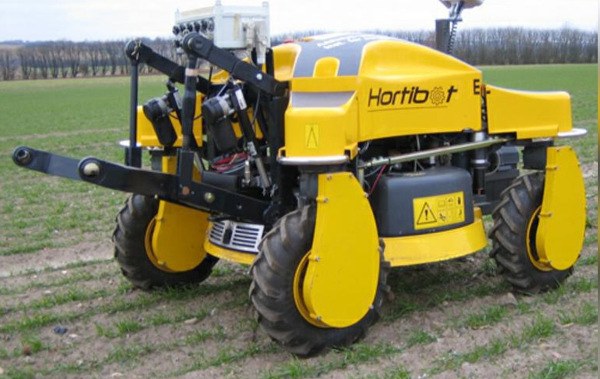
This robot works with a gasoline engine, which is why it makes more noise than those that work with electric motors.
7. ASTERIX
ASTERIX is an autonomous field robot, designed for the care of horticultural crops. Like the previous ones, it is designed to work in lines.

The robot uses artificial vision and precision spraying to dose the herbicide only on each individual weed and not on the crops. Those who have invented it say that with this robot the use of herbicides can be reduced by 95%.
8.AgBot II
The AgBot II is another innovative agricultural robot prototype entirely designed and manufactured by researchers and engineers at Queensland University of Technology.
The AgBot II is part of a new generation of machines capable of working autonomously in crops.
The robot’s cameras, sensors, software, and other electronics allow it to move around the field, apply fertilizer, detect and classify weeds, and remove them either mechanically or chemically.
Conclusions
As can be seen, there are numerous developments and prototypes of agricultural robots. Most are designed to automatically carry out weeding or treatment with herbicides.
How long will it take until its use is extended? It is not easy to predict, but sooner or later the day will come when this type of work will be carried out automatically by machines, instead of by people.
References
- Tertill – Franklin robotics
- SITIA – PUMAGRI
- Naïo Technologies. Agricultural Robots
- ecorobotix
- Rippa robot – University of Sydney
- Sørensen, CG, Nørremark, M., Jørgensen, RN, Jensen, K., Maagaard, J., & Jensen, LA (2007). Hortibot: Feasibility study of a plant nursing robot performing weeding operations – part IV. An ASABE Meeting Presentation. Paper Number: 077019
- ASTERIX Project
- AgBot II Robotic Site-specific Crop and Weed Management Tool

![Photo of Grow Tradescantia (Brazilian Trunk) in your Garden: [Irrigation, Care, Pruning and Substrate]](https://www.complete-gardening.com/wp-content/uploads/2022/08/grow-tradescantia-brazilian-trunk-in-your-garden-irrigation-care-pruning-and-substrate-390x220.jpg)
